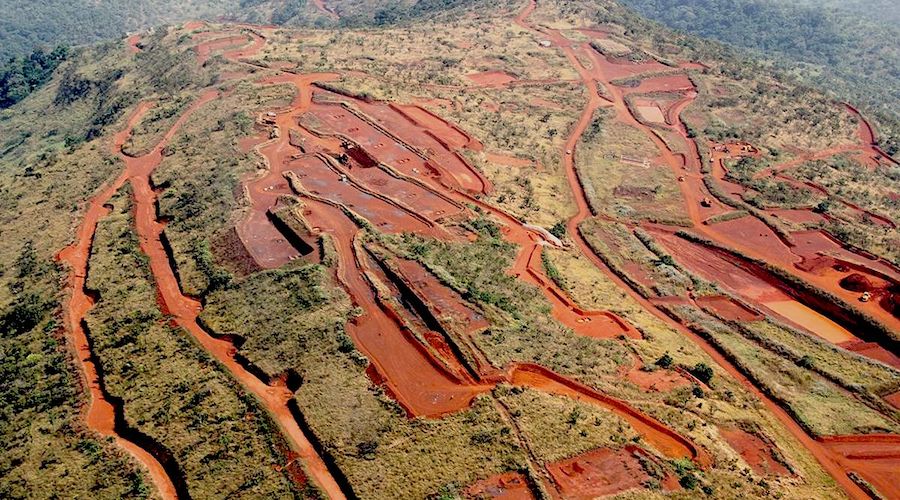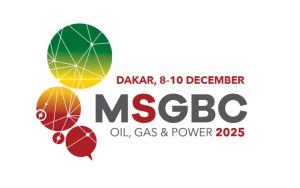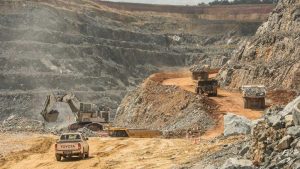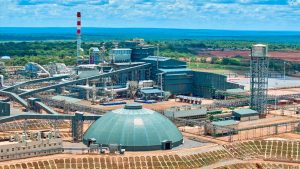In the third quarter, Guinea posted a striking 23 % year-on-year increase in bauxite exports, defying heavy rains and mounting regulatory headwinds. Official figures show shipments rose to 39.41 million tonnes, compared with 32 million tonnes in the same period a year earlier.
Export Profile & Seasonal Challenges
Although the Q3 average monthly export rate (≈ 13.14 million tonnes) was lower than that seen during the first half of the year, this decline reflects the seasonal constraints facing Guinea’s mining logistics—particularly during the rainy season, when access to mine sites and throughput at port facilities can be disrupted.
Despite the seasonal burden, the rebound underscores the country’s robust production and export capacity, even under duress. Analysts now expect Guinea’s full-year bauxite output to reach about 180 million tonnes, still behind the first-half pace but over 20 % above the prior year’s total.
Dominance of Chinese Players
A significant share of Guinea’s Q3 volume — 54.6 % — was headed to China, with top exporters including SMB-Winning, CHALCO, and CDM-CHINE. This deepening dependence reinforces China’s influence over Guinea’s bauxite sector and, by extension, over global aluminium supply chains.
With Guinea supplying roughly one-third of China’s bauxite imports, the country plays an increasingly strategic role in meeting Beijing’s raw material demands for infrastructure and electric-vehicle growth.
Regulatory Pressures & Policy Tightening
Guinea’s military-led government has intensified scrutiny over mining operations. In recent months, several licences have been revoked, and investors face renewed pressure to establish domestic alumina refining capacity rather than exporting raw ore.
Thus far, this policy push has borne limited fruit: Guinea exported only 78,000 tonnes of alumina in Q3, a negligible volume relative to its bauxite exports. The discrepancy highlights the challenges of building upstream refining capacity in a country where infrastructure, capital, and technical requirements remain constraints.
Strategic Implications for Africa’s Bauxite Sector
Guinea’s export resilience amid environmental and regulatory challenges offers several takeaways for mining stakeholders across Africa:
- Supply security matters: Seasonal production dips are a structural reality, reinforcing the need to invest in resilient logistics, stockpiling mechanisms, and infrastructure upgrades.
- Value addition is easier said than done: Pushing for downstream refining capabilities will likely require phased strategies, strong public-private partnerships, and sustained capital investment.
- Geopolitics will weigh: As Chinese firms consolidate their presence in Guinea’s bauxite space, African mining nations must weigh how to diversify trade partners and protect sovereignty over strategic resources.
- Regulatory clarity is key: Abrupt license revocations or shifting obligations can deter foreign investors. Predictable, transparent regulation and consistent engagement are essential for long-term investment.
Guinea’s performance this quarter suggests that, even under pressure, its bauxite complex remains capable of growth. Yet the path ahead will challenge both industry and policymakers to reconcile export growth goals with calls for greater local beneficiation and regulatory oversight.







